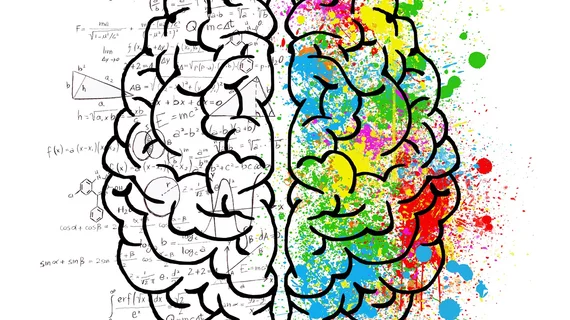Researchers hope fMRI can eventually help diagnose autism
Researchers at Wake Forest School of Medicine in Winston-Salem, North Carolina, believe they have taken an important first step in developing a brain-based test to diagnose autism, according to the results of an fMRI-based study published in Biological Psychology.
The team used fMRI to measure the response of autistic children to various environmental cues by imaging an area of the brain involved in valuing social interactions
“Right now, a two- to four-hour session by a qualified clinician is required to diagnose autism, and ultimately it is a subjective assessment based on their experience,” principal investigator Kenneth Kishida, PhD, of Wake Forest’s School of Medicine said in a prepared statement. “Our test would be a rapid, objective measurement of the brain to determine if the child responds normally to social stimulus versus non-social stimulus, in essence a biomarker for autism.”
Kishida and colleagues scanned 40 patients—12 with autism spectrum disorder (ASD) and 28 typically developing (TD) children ranging from six to eight years old. While undergoing an fMRI they viewed eight images of either people or objects, looking at the images multiple times. Those visuals contained two pictures of a favorite person and object, selected by the patients. The remaining six were standard faces and objects taken from a widely used psychological database.
Following a 12 to 15-minute MRI, the children looked at the same images and ranked them in order from pleasant to unpleasant. Image pairs were also ranked by patient-selected favorite.
Results showed the average response of the ventral medial prefrontal cortex (vmPFC) was “significantly lower” in the ASD cohort compared to the TD patients.
“How the brain responded to these picture is consistent with our hypothesis that the brains of children with autism do not encode the value of social exchange in the same way as typically developing children,” Kishida said. “Based on our study, we envision a test for autism in which a child could simply get into a scanner, be shown a set of pictures and within 30 seconds have an object measurement that indicates if their brain responds to social stimulus and non-social stimuli.”
A follow-up study is planned to determine which other areas of the brain are involved in autism to help individualize treatment.

